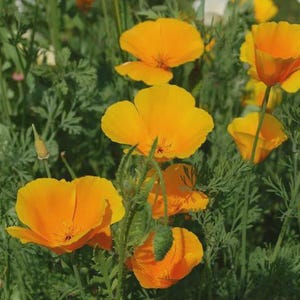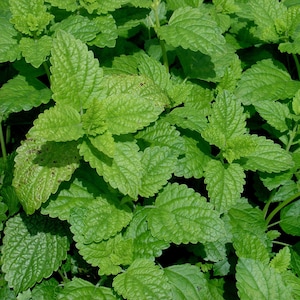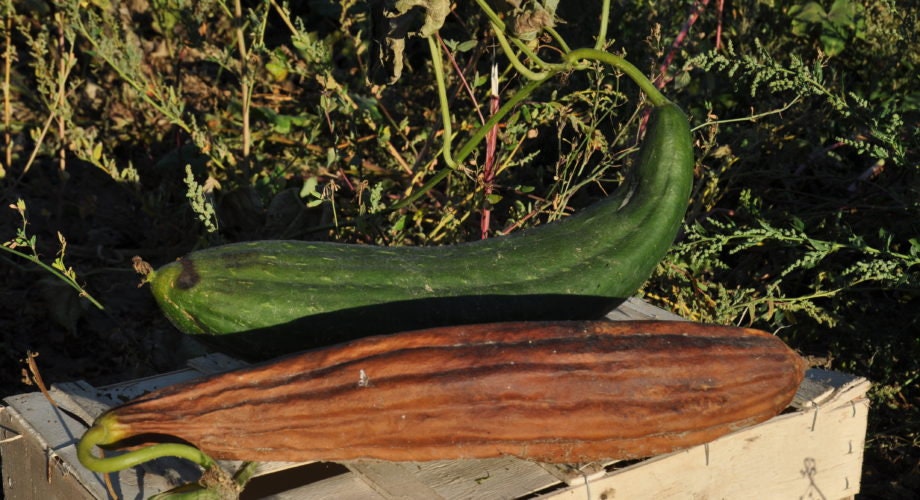
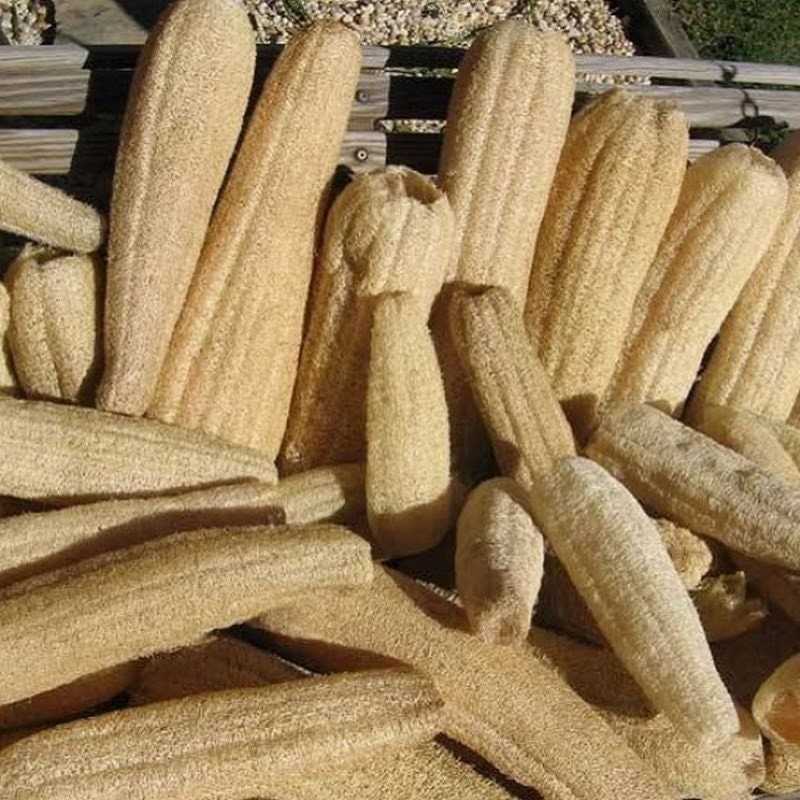
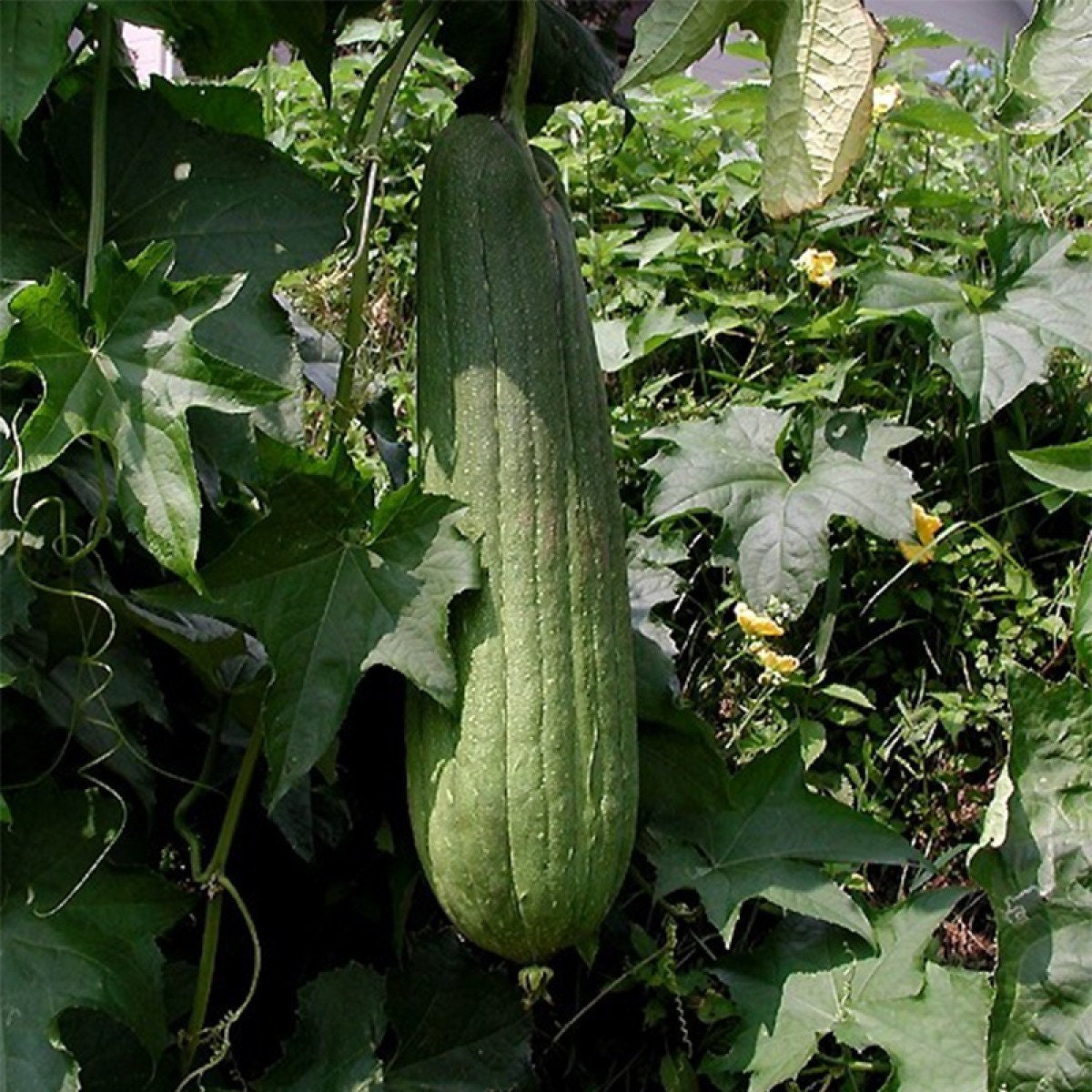
plante sacrée
Luffa pumpkin seeds
$3.69
-
DetailsLuffa Sponge Pumpkin Seeds (Luffa cylindrica) 15 seeds
Native to Asia, this squash is highly valued for making vegetable sponges. The decorative fruits are green and elongated. They can be eaten very young, but quickly develop a fibrous texture that is used to make vegetable sponges when fully mature.
Cultivation of Luffas (vegetable sponges):
They like all types of soil: rich, clay, limestone, stony, alkaline, neutral or even acidic, provided they are well drained and exposed to sun, heat, some moisture and good fertilization.
Sowing Luffa seeds:
Note: Luffa can be very slow and temperamental to germinate. Maximum care and adherence to growing conditions are essential.
From March to May, sow in a warm environment (22-24°C) in a mini-greenhouse, seed tray, or pot (2-3 seeds per pot) using a good quality seed-starting mix. You can also sow them in coco coir pellets. Cover the tray or pot to maintain high humidity, which is essential for germination. Keep the soil moist until germination, then monitor carefully to prevent damping-off. Ventilate regularly. Clearly labeling the seedlings is also very important.
From April to June (depending on the climate and region), sow directly in the ground in well-prepared soil. Crumble the soil and, if necessary, mix in potting soil, well-decomposed compost, or any other amendment.
Transplanting:
Transplant into the garden or into pots as soon as the seedlings have 2-3 true leaves.
Where to plant the loofah?
In April-May, plant in the vegetable garden once the risk of frost has passed. Allow a minimum planting distance of 1 to 1.5 meters between each plant.
Luffa can also be grown in a pot. The pot should have a minimum volume of 20 liters. Place a drainage layer at the bottom of the pot and fill it with a mixture of compost and potting soil or a rich potting mix. Regular watering and fertilizing are essential.
The plant can climb a trellis or creep along the ground. However, it is advisable to train it to climb so that the fruit can develop freely. On the ground, the fruit often has a curved shape.
When to harvest them?
Young luffas are harvested for consumption when the fruit is firm and no more than 12 cm long. They are eaten like courgettes: raw, sautéed, steamed, in soups, or pickled like gherkins.
How to make a sponge with a loofah?
The fruits are harvested when ripe, approximately 4 months after sowing, when the skin begins to brown or crack.
Hollow out the fruit. Let it dry, then soak it for several days. Once cleaned, you can blanch it.
After drying, the dry fiber remains, which can be used as a gentle, natural, plant-based scrub.
Uses and benefits of Luffas:
The most well-known use of Luffa fruit is in the loofah glove, which has a very gentle exfoliating action and is recommended for people suffering from eczema or psoriasis.
The loofah massages and circulates the blood, removes dead skin, prolongs tanning and facilitates hair removal, leaving skin clean, smooth and firm.
Finally, luffas possess numerous medicinal properties that have been known for a very long time.
This natural sponge is biodegradable and compostable.
Open-pollinated seeds harvested exclusively from the Pot'à'Jo garden, a 1500m² market garden combining horticulture and permaculture. Everything is cultivated there with deep respect for nature and its inhabitants. I have been cultivating my own seeds, from seed to seed, for years. -
Shipping & Policies
Shipping from France
Processing time
1-3 business days
Customs and import taxes
Buyers are responsible for any customs and import taxes that may apply. I'm not responsible for delays due to customs.
Payment Options
Returns & Exchanges
I gladly accept returns and exchanges
Just contact me within: 14 days of delivery
Ship items back to me within: 30 days of delivery
I don't accept cancellations
But please contact me if you have any problems with your order.
The following items can't be returned or exchanged
Because of the nature of these items, unless they arrive damaged or defective, I can't accept returns for:
- Custom or personalized orders
- Perishable products (like food or flowers)
- Digital downloads
- Intimate items (for health/hygiene reasons)
Conditions of return
Buyers are responsible for return shipping costs. If the item is not returned in its original condition, the buyer is responsible for any loss in value.
